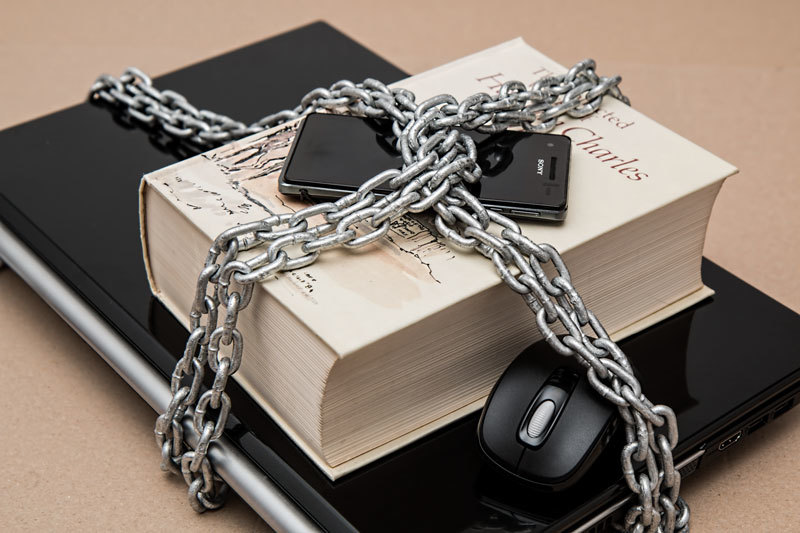With media and technology playing a central, if vital, role in our daily lives, it is no surprise that parents – especially of young children – need to be especially vigilant of their child’s “screen time”. While parenting styles are deeply personal, there is help available to those who might consider some advice. Although not entirely a ‘parental guide’ the following list looks at some of the ways in which parents control their kids’ daily exposure to the world.

Common Sense Media is a leading U.S.-based independent non-profit organisation dedicated to helping kids thrive in a world of media and technology. It empowers parents, teachers, and policymakers by providing unbiased information, trusted advice, and innovative tools to help them harness the power of media and technology as a positive force in kids’ lives.
Parental Guidance
Parental guidance might seem like the obvious system where parents help choose their child’s entertainment. However, with very little control over with technology (most children tend to be far more tech savvy than their parents) it’s up to parents to define what parameters to set for their children’s TV viewing and how to enforce rules. While it’s easy to allow children to park themselves in front of the television, it’s equally important to allow them to play out of doors and cultivate experiences beyond just the media.
Television controls are widely available these days but children seem to be able to work their way around them. One suggestion experts have is to talk to their children about the content of the material they watch and to talk about the scenes they watch and the behaviours that are happening on screen.
Although easier said than done, another suggestion is to allow children to use entertainment devices only when supervised by the parent. This way parents can control what their children watch or play. Older children may not need as much supervision but with credit card purchases needed for rated games and similar media there can be some control exercised here.
Common Sense Media has more than 8,000 reviews of a range of media: movies, TV programmes, music, videos, Web sites, books and magazines. The organisation is continually adding to the site, with a major “upload” of new reviews once a week and a free weekly email newsletter.
The World Wide Web
With the internet easily accessible, it is, perhaps, most practical to control access at home.
Parental controls can filter the web, blocking inadvertent access to inappropriate websites. There are a variety of ways to do this, from configuring network-wide parental controls on your router to using the parental controls built into Windows or third-party software.
Web filtering is best used to restrict the web for young children, preventing them from accidentally wandering into the seedier corners of the Internet. Teenagers are adept at finding their ways around parental controls if they want to.
One of the easiest ways to set up parental controls is by configuring them on the router. Your router functions as the choke point where all the Internet traffic for your network flows through. Setting up parental controls here will allow you to perform web filtering for all the devices on your network — computers, smartphones, tablets, and even game consoles with built-in browsers.
And if older children are provided a cell phone there are software programs available to control access to content on phone.
_______
This article is originally from paper. Read NOW!Jakarta Magazine May 2018 issue “Building Future Leader”. Available at selected bookstore or SUBSCRIBE here.






